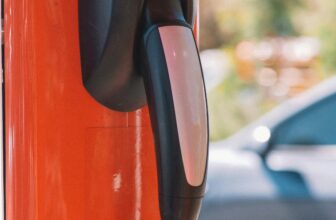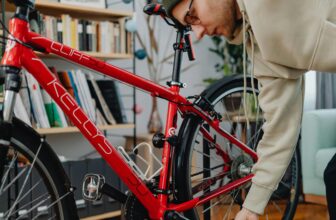
Your walking feels unsteady, your cane wobbles under strain, and your walker leaves you exhausted after short trips. Sound familiar? You’re standing at one of life’s most pivotal mobility crossroads, where the decision to transition to a mobility scooter can mean the difference between expanding your world or watching it slowly shrink. This comprehensive guide cuts through the confusion surrounding mobility scooter transitions, revealing the precise indicators that signal it’s time to make the switch, the life-changing independence benefits you can expect, and the practical family decision-making framework that ensures everyone feels confident about this important step forward.
Recognizing the crossroads: when walking aids reach their limits
The transition from walking aids to mobility scooters isn’t about giving up – it’s about recognizing when your current tools no longer serve your active lifestyle. Understanding these pivotal moments helps you make proactive decisions rather than reactive ones.
Physical warning signs that demand attention
Your body sends clear signals when walking aids become inadequate. Persistent upper body fatigue after using a walker, shoulder and wrist pain from cane dependency, or frequent near-falls despite proper aid usage indicate you’ve outgrown your current mobility solution.
Balance instability represents another crucial indicator. If you find yourself leaning heavily on shopping carts in stores or avoiding uneven surfaces entirely, your walking aid may no longer provide sufficient stability for safe navigation.
Breathing difficulties during short walks, especially when using a walker, suggest your energy reserves are being depleted by the mobility aid itself rather than preserved for activities you enjoy.

This Photo was taken by Artem Podrez.
Lifestyle limitations affecting daily quality
Social isolation often emerges when walking aids become barriers to participation. If you’re declining invitations to shopping trips, community events, or family gatherings because your mobility aid creates anxiety about distance or endurance, it’s time to consider alternatives.
Indoor navigation challenges signal another transition point. When doorway maneuvering becomes difficult with your walker, or when you avoid certain rooms in your home due to space constraints, these limitations extend beyond mobility into quality of life.
Shopping independence frequently suffers first. If grocery trips require family assistance not because of decision-making needs but because of mobility limitations, this represents a clear indicator for scooter consideration.
| Walking Aid Type | Typical Distance Limit | Scooter Alternative Range | Independence Improvement |
|---|---|---|---|
| Standard Cane | 0.2-0.5 miles | 8-25 miles | 40x increase |
| Walking Frame | 0.1-0.3 miles | 8-25 miles | 80x increase |
| Rollator Walker | 0.3-0.8 miles | 8-25 miles | 30x increase |
Understanding your mobility scooter transition timeline
Successful scooter transitions follow predictable phases, each with specific milestones and decisions. Recognizing where you are in this timeline helps optimize your experience and reduces common transition anxiety.
The evaluation phase: assessing your readiness
Medical consultation represents your first concrete step. Healthcare providers assess whether underlying conditions support scooter use and can provide documentation for Medicare coverage and prescription requirements.
This phase typically lasts 2-4 weeks and includes mobility assessments, medication reviews, and discussions about your specific lifestyle needs. Physical therapists often provide valuable insights about scooter appropriateness and can identify any skills training needs.
Environmental assessments during this phase reveal whether your home, frequent destinations, and transportation methods accommodate scooter use. This evaluation prevents post-purchase complications and ensures seamless integration.
The trial and selection phase
Rental options for trial use eliminate guesswork from scooter selection. Most users benefit from 1-2 week trial periods with different scooter types to understand their preferences and limitations.
During trials, focus on actual daily activities rather than test drives in parking lots. Navigate your grocery store, visit friends, and attempt typical errands. This real-world testing reveals practical considerations that influence long-term satisfaction.
Document your trial experiences, noting battery life during typical use, comfort during extended sitting, and ease of transport. These observations guide your final selection and prevent buyer’s remorse.

Ultra Lightweight Folding Mobility Scooter
Rating: ⭐⭐⭐⭐⭐ 4.8/5 | Price: $1,899.00
Perfect for seniors transitioning from walking aids, this 37.5 lb scooter offers impressive 275 lb capacity and airport approval for travel freedom. Cons: Premium pricing may require budget planning, folding mechanism needs regular maintenance.






